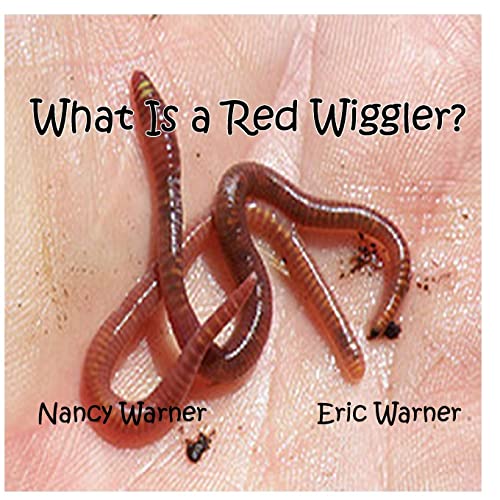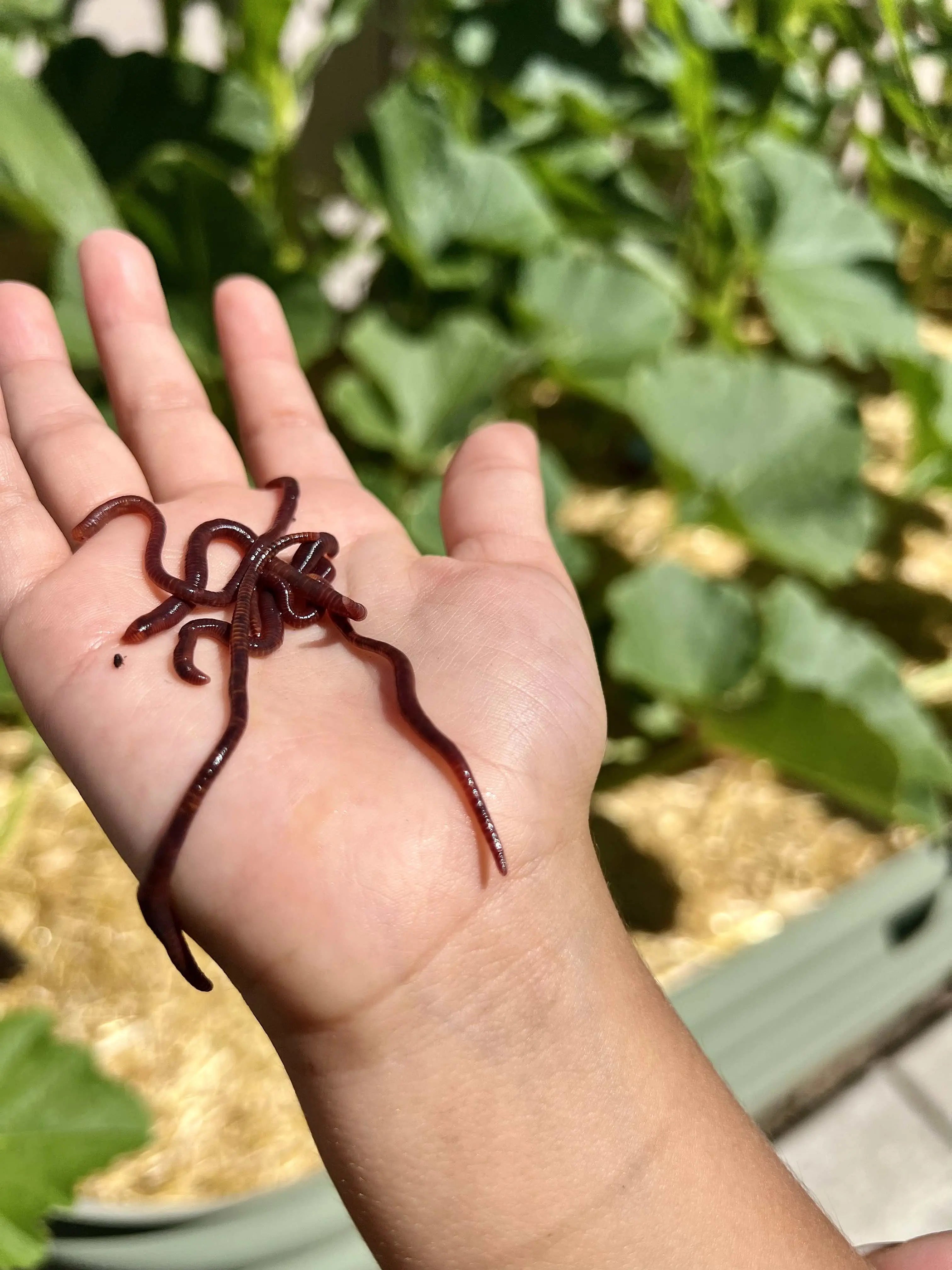Achieve a Greener Lawn with the Help of Red Wiggler Express Lawn Care Treatments
Achieve a Greener Lawn with the Help of Red Wiggler Express Lawn Care Treatments
Blog Article
Red Wigglers: The Unsung Heroes of Organic Waste Recycling
Red wigglers, or Eisenia fetida, work as vital agents in the natural waste recycling procedure, transforming disposed of materials right into beneficial vermicompost. Their effective failure of raw material not only enhances dirt quality but likewise adds to lasting waste management methods. As the globe significantly seeks remedies to deal with waste accumulation and improve farming productivity, recognizing the function of these worms comes to be necessary. What mechanisms enable them to grow in compost environments, and just how can they be effectively utilized in both property and commercial settings? Exploring these inquiries reveals the wider ramifications of vermicomposting in our environmental landscape.
What Are Red Wigglers?
The impressive durability of red wigglers, medically referred to as Eisenia fetida, underscores their critical duty in natural waste recycling. These little, reddish-brown earthworms are usually located in breaking down raw material, such as compost heap and manure heaps. Lake Hickory Bait. Unlike other earthworm varieties, red wigglers flourish in nutrient-rich environments and are very effective at breaking down organic products, making them essential for vermicomposting

(Red Wiggler Express)Along with their duty in waste decrease, red wigglers add to soil health and wellness by enhancing soil structure and aeration through their delving tasks (Lake Hickory Bait). Their visibility in composting systems not just improves decomposition prices but likewise advertises a sustainable method to waste administration, highlighting their importance in environmental preservation initiatives
Benefits of Composting With Worms
Composting with worms, especially red wigglers, provides many advantages that enhance both waste monitoring and dirt health and wellness. Initially, these worms efficiently break down organic waste, transforming it right into nutrient-rich vermicompost that enriches dirt. This procedure speeds up decay, allowing for a much faster recycling of kitchen scraps and various other natural products compared to conventional composting techniques.
Additionally, the vermicompost produced by red wigglers is brimming with advantageous microorganisms, which help improve soil structure, oygenation, and dampness retention. This improves the overall wellness of plants, advertising vigorous development and boosted yields in yards and farming settings. Additionally, using worms in composting lessens the manufacturing of greenhouse gases, such as methane, adding to a much more sustainable waste monitoring system.

Just How to Begin Vermicomposting
Developing a vermicomposting system is a simple procedure that can yield significant benefits for both waste administration and soil enrichment. To start, select an appropriate container, such as a plastic container or wood box, with ample air flow holes to ensure appropriate air movement. The dimensions ought to preferably be about 2 feet by 3 feet, permitting sufficient area for the worms to thrive.
Following, prepare bedding product, which can contain shredded paper, cardboard, or coconut coir. This bed linens needs to be moistened to produce a suitable habitat for the worms. Once the bed linens remains in location, present red wigglers (Eisenia fetida) right into the container, normally around one pound of worms for every square foot of surface location.
Following the positioning of worms, include organic waste, such as fruit and vegetable scraps, coffee grounds, and crushed eggshells. Avoid adding dairy, meat, or oils, as these can produce odors and bring in bugs. Place the container in a shaded, temperature-controlled area to preserve optimal conditions for worm activity. With these steps, you will properly initiate a vermicomposting system that adds to sustainable waste management and enhances your soil.
Preserving a Healthy Worm Bin
(Red Wiggler Express)Maintaining a worm container flourishing needs regular interest and care to make certain the wellness of the red wigglers and the performance of the composting procedure. Proper maintenance begins with keeping track of the moisture degrees; the bin ought to be moist but not waterlogged. A great guideline of thumb is to keep a consistency similar to a wrung-out sponge.
Aeration is crucial too. Gently mixing the bedding and food scraps every few weeks protects against compaction and makes sure that all worms have access to oxygen. In addition, it is necessary to feed the worms suitably. A well balanced diet plan of vegetables and fruit scraps, coffee premises, and smashed eggshells need to be used in moderation to stay clear of overfeeding, which can lead to odors and parasites.
Temperature level law is an additional vital facet. Red wigglers prosper in an array of 55 to 77 degrees Fahrenheit. If the bin comes to be too hot or cold, the worms might become stressed - Lake Hickory Bait. Finally, occasionally look for signs of wellness, such as worm populace growth and the visibility of healthy castings. By vigilantly handling these factors, one can maintain a robust and efficient worm container.
Effect On Sustainable Living
The effective upkeep of a worm bin not only benefits the wellness of red wigglers but also adds significantly to sustainable living techniques. By reusing organic waste, such as kitchen scraps and yard particles, red wigglers assist draw away considerable amounts of product from garbage dumps. This reduction in waste not just decreases greenhouse gas discharges but likewise minimizes the ecological concern related to you could try here waste administration.
Moreover, the castings produced by red wigglers serve as a nutrient-rich natural plant food, boosting soil wellness and promoting plant development. This natural option to chemical plant foods sustains lasting farming and horticulture techniques, reducing dependence on artificial inputs that can damage ecological communities. Additionally, worm composting promotes awareness of waste management, motivating people and neighborhoods to adopt even more lasting practices.

Verdict
In recap, red wigglers function as crucial factors to organic waste reusing with their effective decay of organic materials. Their ability to produce nutrient-rich vermicompost enhances soil health and wellness and sustains lasting agricultural methods. By integrating vermicomposting right into waste management techniques, individuals and neighborhoods can significantly reduce waste while promoting environmental sustainability. The function of Eisenia fetida in fostering healthy communities emphasizes the relevance of these microorganisms in accomplishing lasting living and boosting soil fertility.
Report this page